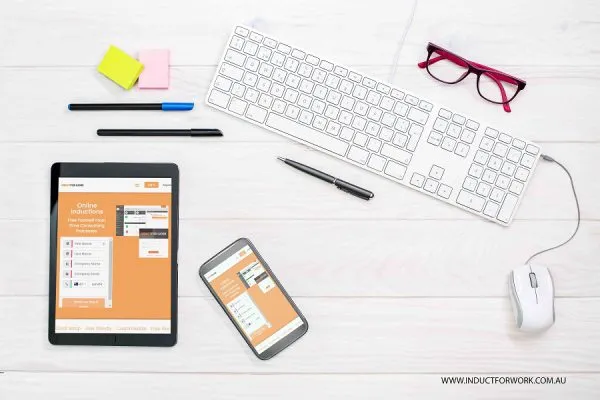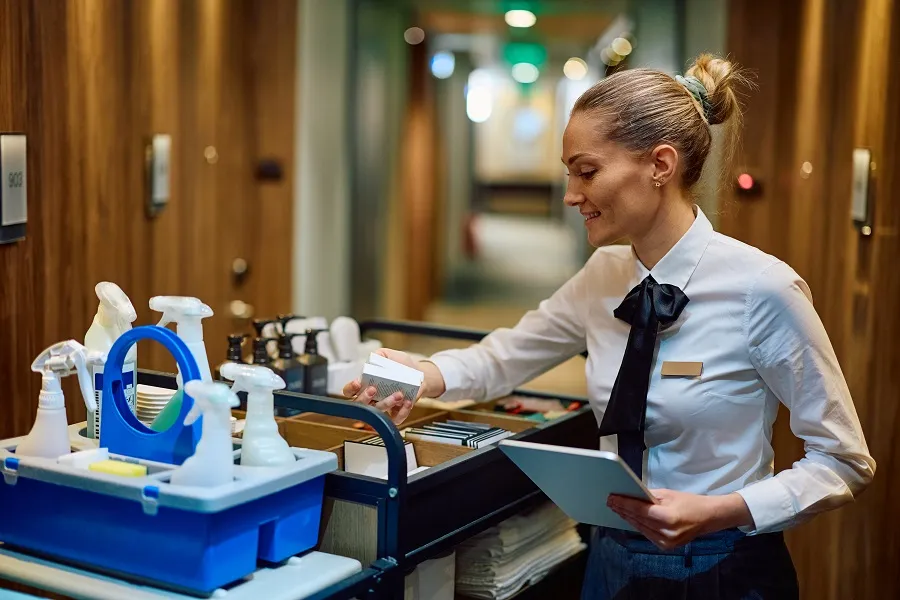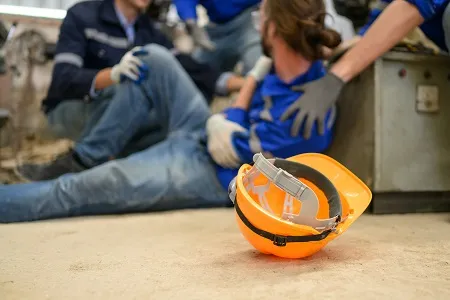An event contractor is mandated to plan and manage events while ensuring that the visiting public and workers are not predisposed to safety risks. When it comes to event safety, contractors spend more time thinking of how they will react to an incident, rather than thinking of how to avoid it in the first place. Failure to plan and foresee potential safety risks often leads to avoidable injuries or even deaths, financial losses, and damage to the event contractor’s reputation. We discuss some of the challenges event contractors face and how to mitigate them.
Managing risks for improved safety
- Step 1: Identifying safety hazards
In the planning phase, a contractor should list down all the possible safety hazards some of which could include:-
- Equipment hazards or trips – are there electrical equipment that the attendees or crew could bump into? Is there a possibility of electric equipment getting wet and posing a safety risk? Are there electric cables that anyone could trip over? Are there overhead power lines or buried amenities that you might interfere with?
- Weather hazards – event contractors need to anticipate changing weather conditions. For instance, you need to assess the stability of your structure should it become extremely windy. In case it rains during the event, will the ground become slippery and, therefore, pose a safety risk? Could the equipment being used become overheated or get wet should the weather change?
- Crowd management – the larger the crowd, the higher the chances of something going wrong. You need to prepare for safety hazards such as overcrowding, aggressive or drunken behaviour, safety risks around the car parks or nearby roads, and so on.
- Catering hazards – according to Australia’s Department of Health, about 25% of the 15.9 million gastroenteritis illnesses are as a result of contaminated foods. Event contractors need to ensure that the containers used for foods and drinks are suitable. You also need to know how food allergies will be handled. Plan on how food or drink spillages will be cleaned up to ascertain that people do not slip.
- Child protection – if there will be minors in the event, you need to know whether there is a possibility of them getting lost or whether there could be allegations of neglect or abuse.
- Fire hazards – do equipment such as stoves, ovens, barbeques and the likes pose any fire risk? How will you control smoking onsite? Is there a possibility of a fire due to electrical faults?

- Step 2: Assessing the risks
This step will help you evaluate how severe the safety hazard is and identify the measures you will take to mitigate them. Assessing risks need not be a complex process. Rather, it could be something as simple as discussing them with your crew or making use of risk assessment tools that are recommended by safety professionals.
- Step 3: Managing the risks
When managing risks you need to consider several options and select one that will either eliminate the hazard or minimise the risk. While some instances call for a single control measure, others call for a combination of various controls that when brought together, will provide the highest level of protection. Some of the ways through which you can manage risks include:-
- Reducing crowd density
While the budget could constrain you to go for a smaller venue, keep in mind that security challenges are higher in a densely populated event. A larger space will help your spread the audience and effectively reduce the risk level. Your crew needs to be well versed on how to manage a crowd and exert authority if the need arises. They also need to know how to effectively manage the crowd by monitoring registration lines, ensuring that visitors do not stray into areas they are prohibited from, making sure that the exits are not blocked, and keeping tabs on the number of visitors so that they do not go beyond the predetermined capacity.
- Discourage substance abuse among the crew
Come up with drug and alcohol policies that will discourage your crew from substance use when they are on the job. Apart from reducing the risk of drug-related employees from your patrons, this will reduce that chances of liability claims.
- Ensure that everyone you sub-contract is pre-qualified for safety
Make sure that you review the safety performance of each sub-contractor before procuring their services or goods. Going the extra mile to conduct an audit of their safety management systems and procedures would be ideal.

- Emphasise on accountability on each level
Your crew need to be held accountable for the enforced safety rules and procedures. Make them aware of the consequences they could face if they overlook any safety precaution.
- Review each incident or near misses
Doing this will help you determine their root cause. This will help improve safety procedures and avert future incidents.
- Crew training
All the above boil down to training your crew. This may take different forms such as:-
- Organising for seminars
- Simulations
- Practical experience where your crew get mentored by an experienced person
- Providing them with documentation such as equipment manuals, safety policies and procedures, as well as job descriptions
- Taking them through your own online training using Induct for Work.
Induct for Work allows you to upload your training material safety procedures as well as create new content. You will be able to set up tests for your crew and send links inviting your crew to undertake the training. Training your crew helps them know what they need to do in case of an emergency. It also makes them aware of their duties and safety responsibilities. This will ultimately lead to successful events and a sustained brand reputation.
Let’s start inducting all your contractors and employees online, the easy way, using the best online induction platform available today.
Do you have any questions or great tips to share?
Induct for Work – the only online induction system you would need to run online inductions.



